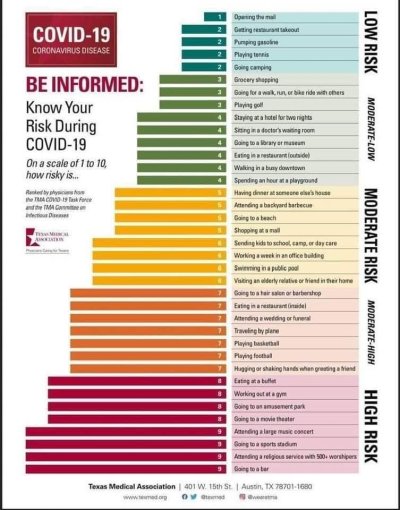timo2
Thinks s/he gets paid by the post
My post #513 didn't get much traction, but it basically says that based on autopsy data, the virus wreaks havoc with a number of your organs and even those that live may have more lasting damage than is initially realized. To me, it just reinforces the idea that the virus is more dangerous than it might seem otherwise.
Yes. And I've seen reports on studies that are now looking at the possibility that even asymptomatic people could have some of these effects on their organs. Then there are the 'long-haulers' whose symptoms never end, sometimes morphing into something possibly similar to the probably misnamed 'Chronic Fatigue Syndrome'. I have read that there is some (pre-COVID-19) research that points to viruses causing 'Chronic Fatigue Syndrome'.
There are more facets here than just cases, hospitalizations, and deaths.

